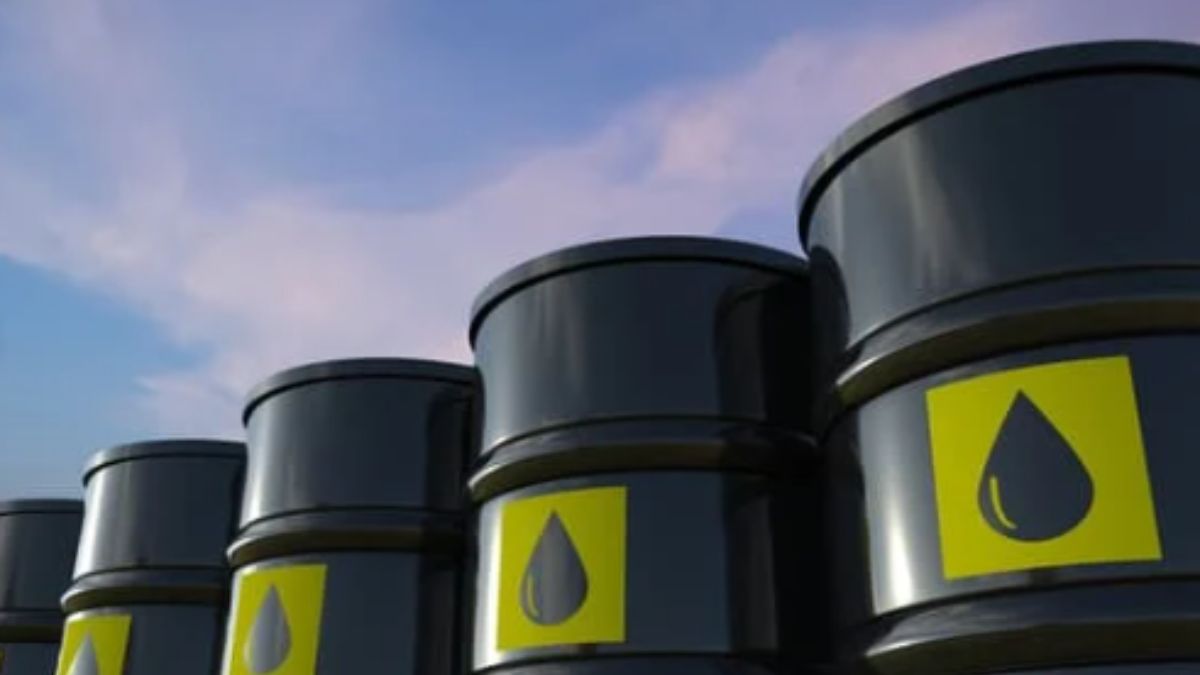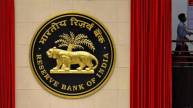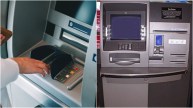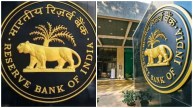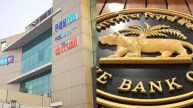The price of crude oil has been steadily rising in New Delhi, approaching the $100 per barrel mark. The Indian basket crude, which combines various varieties, crossed $97 last month. Simultaneously, the current account deficit has surged sevenfold over two quarters. A significant contributor is the expensive crude oil, constituting about a quarter of total imports. While the quantity of crude imports has decreased recently, higher prices have led to increased payments. Gold imports have also risen, but economic slowdowns in Europe and China have led to a decline in the export of manufactured goods, further aggravating the current account deficit.
Experts anticipate increased pressure on the rupee, possibly reaching 84 against the dollar, due to this cycle, affecting not only crude oil but also electronic goods, semiconductors, and edible oils.
According to the Petroleum Planning and Analysis Cell (PPAC) of the Petroleum Ministry, the Indian basket crude reached $97.03 per barrel on September 28 but fell to $93.46 by October 2. Its average price was $83.76 in April, $74.98 in May, $74.93 in June, $80.37 in July, $86.43 in August, and $93.54 in September. Despite lower import quantities, higher payments have been required due to price increases.
Meanwhile, the Reserve Bank reports that India’s current account deficit reached $9.2 billion, equivalent to 1.1% of GDP, in the April-June quarter, compared to $1.3 billion or 0.2% of GDP in the previous quarter. The deficit is expected to rise further in the September quarter. One primary cause is the growing trade deficit, driven by increased crude oil payments and a decrease in merchandise exports, partly due to reduced demand in Western countries and China.
In addition to crude oil, gold imports have surged, with imports worth $4.93 billion in August, a 39% YoY increase. Between April and August, gold imports amounted to $18.13 billion, up 10.5%.
Experts predict that due to the high deficit, especially elevated crude oil prices, the rupee will face increased pressure, possibly reaching 84 against the dollar in the next two months. Nonetheless, the rupee has outperformed the currencies of other developing nations thus far. With foreign exchange reserves exceeding $600 billion, the Reserve Bank may be less concerned about rupee depreciation.
Furthermore, the cut in oil production by Saudi Arabia and Russia, followed by an extension of the production cut, has resulted in rising crude oil prices. The International Energy Agency (IEA) forecasts increasing crude oil demand before 2030, indicating continued high prices. However, the IEA also emphasizes that achieving net-zero emissions goals requires a one-third reduction in oil demand by 2030.
Expectations are for the price of Brent crude to reach $100 per barrel soon, with some estimates, such as JP Morgan’s, even suggesting $150 per barrel. India’s imports from Russia increased in September due to higher global crude oil prices, while imports from Saudi Arabia and other Middle East countries are expected to decline by 10%. Russia currently sells its primary Ural grade crude oil to India at $80 per barrel, $10 less than Middle East countries.
Crude oil represents approximately 25% of India’s total imports. The average price of crude oil imported from Russia in the June quarter was $66 per barrel, which has now risen to $80. An increase of $10 in crude oil prices could raise the current account deficit by 0.35%, potentially reducing the GDP growth rate by 0.10-0.15%. HDFC Bank estimates the current account deficit in the September quarter to range from 2.2% to 2.4% of GDP. If the average crude oil price remains at $100 per barrel in the second half of the fiscal year, IDFC Bank predicts a 2.5% GDP current account deficit for the entire year.
Trade deficits, driven by increased crude oil bills, will lead to rising pressure on the rupee’s value against the dollar. The Reserve Bank has set the latest exchange rate at Rs 83.05 (as of September 29), with some experts anticipating it may reach Rs 84 in the near future. This will not only affect crude oil but also the cost of importing high-value items such as gold, semiconductors, and electronic goods. In the current fiscal year, crude oil accounted for 25.12% of the total import bill from April to August, with electronics at 13% and gold at 6.7%. This cycle will likely exacerbate the current account deficit further.
Also Read: Ignore In Peace: Step-By-Step Guide To Turn Off Message Read Receipts On WhatsApp
